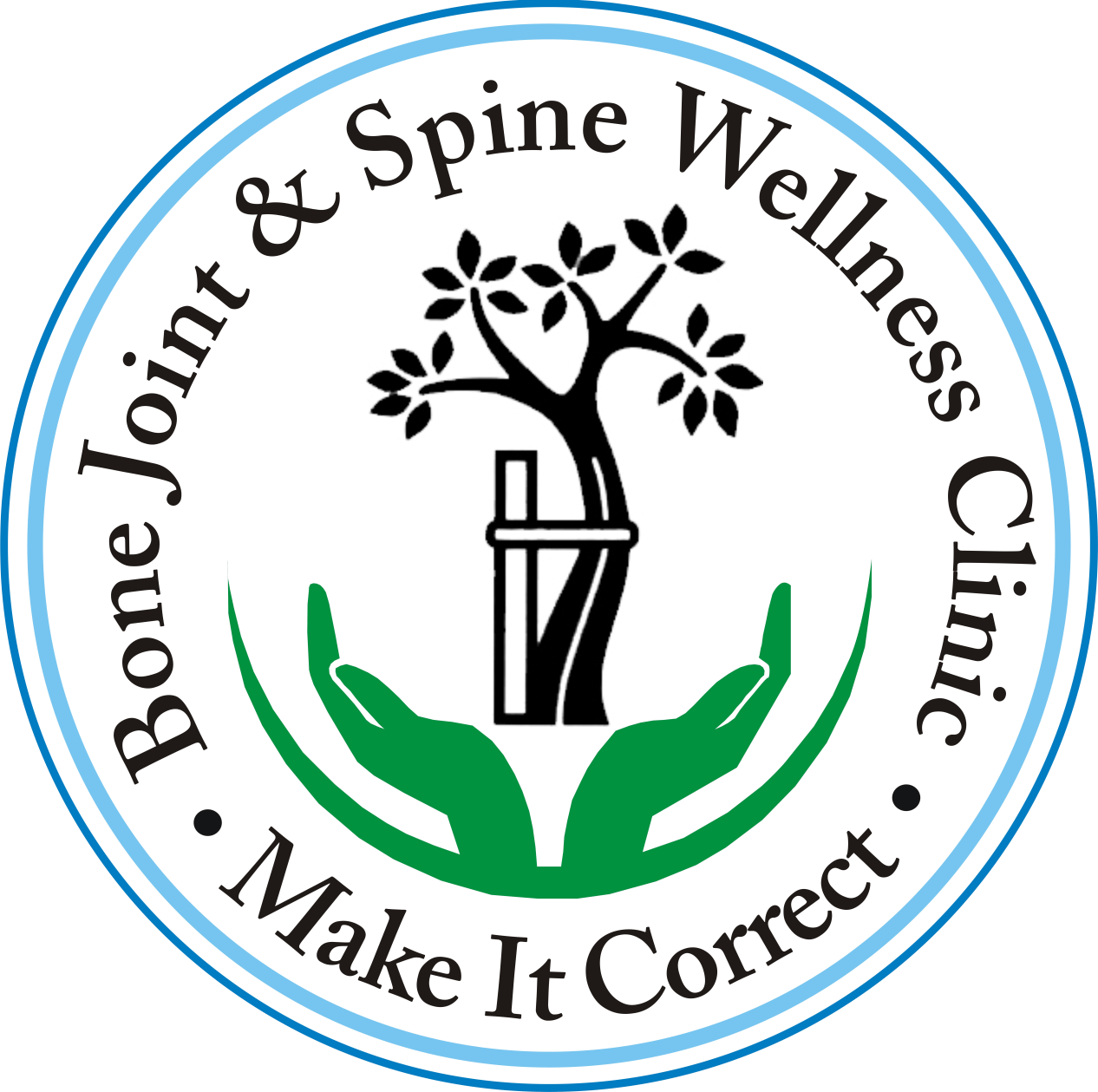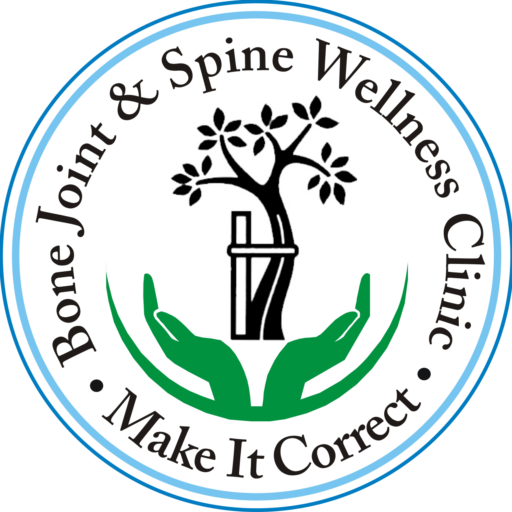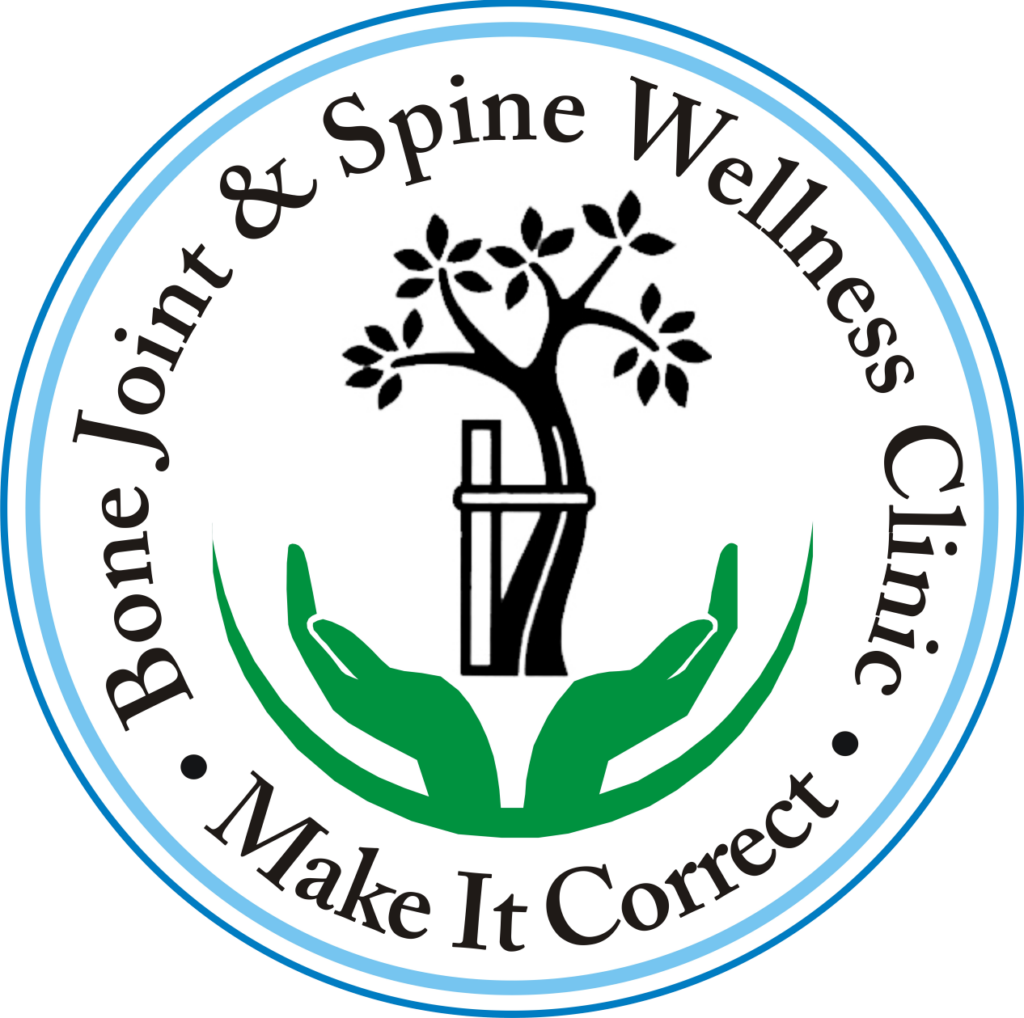Best Fracture Fixation Around Elbow in Indore
The elbow is a complex joint made up of three bones: the humerus (upper arm bone), radius, and ulna (forearm bones). A fracture around the elbow can cause severe pain, swelling, and loss of function. Proper fracture fixation is crucial to restore mobility, prevent complications, and ensure a full recovery.
Orthopedic surgeon in Indore provide advanced treatments for elbow fractures using modern surgical and non-surgical techniques. Whether caused by falls, direct impact, or sports injuries, timely diagnosis and treatment can significantly improve outcomes.
Types of Elbow Fractures
1. Distal Humerus Fracture
A break in the lower part of the upper arm bone (humerus), is common in older adults and children.
- Causes: Direct impact, falls, or high-energy trauma.
- Symptoms: Severe pain, swelling, bruising, and inability to move the elbow.
- Treatment: ORIF (Open Reduction and Internal Fixation) with plates and screws.
2. Radial Head Fracture
A fracture of the top part of the radius (one of the forearm bones) near the elbow.
- Causes: Falling on an outstretched hand.
- Symptoms: Pain in the outer elbow, difficulty rotating the forearm.
- Treatment: Non-displaced fractures may heal with a sling; severe cases require surgical fixation or radial head replacement.
3. Olecranon Fracture
A break in the bony tip of the elbow (ulna), which forms the pointy part of the elbow.
- Causes: Direct trauma, falls, or sports injuries.
- Symptoms: Pain, inability to straighten the elbow, swelling.
- Treatment: Plate and screw fixation for displaced fractures; non-displaced fractures may require only immobilization.
4. Coronoid Process Fracture
A fracture of the coronoid process, a small bony prominence in the ulna.
- Causes: Often occurs with elbow dislocations.
- Symptoms: Instability, pain, restricted movement.
- Treatment: ORIF using screws or wires.
5. Monteggia Fracture-Dislocation
A fracture of the ulna with dislocation of the radial head.
- Causes: Falls on an outstretched arm.
- Symptoms: Severe pain, visible deformity, loss of motion.
- Treatment: Surgery is usually required to realign the bones.
Diagnostic Techniques
- Clinical Examination: An orthopedic specialist assesses the range of motion, pain level, and visible deformity.
- X-rays: The most common imaging tool to evaluate the type and severity of the fracture.
- CT Scan/MRI: For complex fractures, a CT scan or MRI helps in planning surgical intervention.
Fracture Fixation Techniques
1. Non-Surgical Treatment (For Stable Fractures)
- Casting/Splinting: Used for non-displaced fractures.
- Immobilization: Allows the bone to heal naturally.
- Physical Therapy: Starts after initial healing to restore motion.
2. Surgical Treatment (For Displaced or Unstable Fractures)
Open Reduction and Internal Fixation (ORIF)
- Procedure: The bone fragments are repositioned and stabilized using plates, screws, or wires.
- Best for: Distal humerus, olecranon, and coronoid fractures.
External Fixation
- Procedure: Pins and rods are used outside the body to hold the bone in place.
- Best for: Severe fractures with soft tissue damage.
Radial Head Replacement
- Procedure: The damaged radial head is replaced with an artificial implant.
- Best for: Irreparable radial head fractures.
Elbow Arthroplasty (Joint Replacement)
- Procedure: The entire elbow joint is replaced in severe cases.
- Best for: Complex fractures in elderly patients.
Recovery and Rehabilitation
1. Immobilization Phase (0-3 Weeks)
- Wearing a cast, splint, or sling.
- Pain management with medications and ice therapy.
- Elevation to reduce swelling.
2. Early Motion Phase (3-6 Weeks)
- Gentle exercises to prevent stiffness.
- Supervised physical therapy.
- Gradual weight-bearing activities.
3. Strengthening Phase (6-12 Weeks)
- Strengthening exercises to restore muscle function.
- Stretching and resistance training to improve mobility.
- Return to normal activities under medical supervision.
Complications of Untreated Elbow Fractures
- Joint Stiffness: Loss of movement due to prolonged immobilization.
- Non-Union or Malunion: Improper healing of the fracture.
- Nerve Damage: Injury to the ulnar or radial nerve.
- Post-Traumatic Arthritis: Long-term joint degeneration.
Early and appropriate fracture fixation helps prevent these complications and ensures optimal recovery.
Why Choose Indore for Elbow Fracture Fixation?
- Experienced Orthopedic Surgeon: Indore has highly skilled doctor specializing in elbow trauma.
- Advanced Facilities: Hospitals in Indore use state-of-the-art technology for diagnosis and treatment.
- Comprehensive Rehabilitation Programs: Ensuring a full recovery and return to normal function.
- Affordable Treatment Options: Cost-effective compared to metro cities.
Elbow fractures require timely diagnosis, proper fixation, and a structured rehabilitation plan to restore function and prevent complications. Whether through non-surgical methods or advanced surgical techniques, expert orthopedic care in Indore ensures the best treatment outcomes.
If you or a loved one has suffered an elbow fracture, consult an experienced orthopedic surgeon in Indore for proper assessment and treatment.
Frequently Asked Questions (FAQ)
Q1. Is it normal to swell immediately after an elbow fracture?
Yes, it is normal to have swelling and mild pain after a fracture. It is important to immediately consult an experienced orthopedic surgeon in Indore for proper treatment and guidance.
Q2. Does fracture fixation with plates or screws weaken the arm?
No, the arm normally becomes stronger after proper surgery and physiotherapy. For better recovery, it is important to follow the instructions of the best orthopedic in Indore.
Q3. When does physiotherapy start after an elbow fracture?
In most cases, physiotherapy starts a few days after surgery to avoid stiffness. Your orthopedic in Indore will tell you about the right time after assessing your condition.
Q4. Is treatment of an elbow fracture possible without surgery?
Some small and stable fractures heal without surgery. But if the bone is displaced or the joint is affected, surgery is required—in such a case, it is better to consult the best orthopedic surgeon in Indore.


